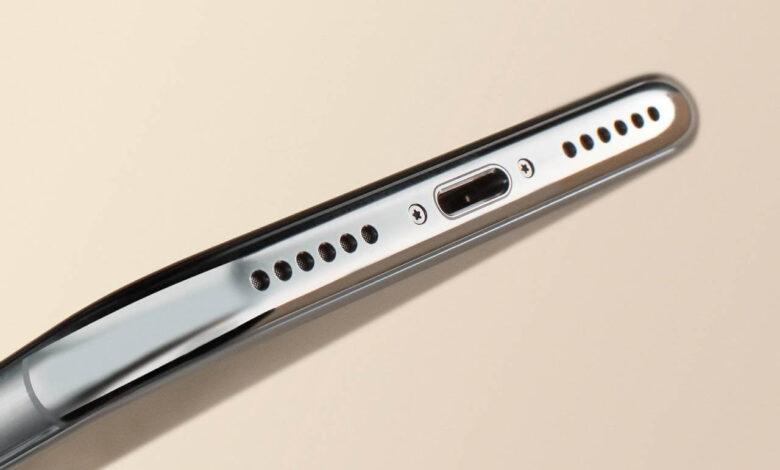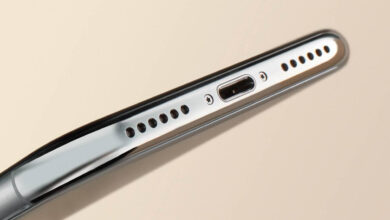How Many Watts is a Phone Speaker: Learning Audio Power Specs

When you crank up the volume on your favorite song using your phone, have you ever wondered about the power driving your phone’s speaker? On average, a smartphone speaker outputs around 1 watt of power. This might seem low compared to large audio systems, but it’s sufficient for personal listening.
The wattage of a phone speaker is a measure of its audio output power. While it’s not the only factor that affects sound quality, it’s a significant aspect that can influence how loud your speaker can get. Interestingly, a survey showed that 79.08% of people care about speaker quality and desire better speakers in their phones in the future. Your phone’s speaker wattage is designed to balance sound output, battery life, and size constraints, ensuring that you can enjoy media without draining your phone’s resources too quickly.
Understanding Speaker Wattage
When you’re looking to understand the power output of your phone’s speaker, wattage is a crucial aspect to consider.
Definition of Watts
Watts (W) measure the rate at which energy is consumed or produced. In the context of speakers, it refers to the power handling capability. Specifically, for phone speakers, the wattage tells you how much power the built-in amplifier can deliver to the speaker.
Significance in Speakers
The wattage of your phone’s speaker affects the maximum volume and clarity of the sound it can produce. Generally, phone speakers range from 1.5 W to 3 W. A 1.5 W speaker will be adequate for personal listening in quiet environments, while a speaker with 3 W can provide a fuller sound and somewhat higher volume levels.
Average Wattage of Phone Speakers
When you’re considering the loudness of your phone’s speaker for music or calls, the speaker wattage is a key spec to watch for.
Consumer Smartphones
Phone speakers are designed to be efficient and compact. Typically, the wattage for phone speakers ranges from 1.5 W to 3 W. The more modest 1.5 W speakers are often found in older or entry-level phone models, while newer, high-end phones may feature speakers up to 3 W to offer better sound quality and volume.
Factors Affecting Wattage
The wattage of a phone speaker can be influenced by several factors:
- Phone Design: The internal space and design priorities of a phone determine speaker size and wattage.
- Speaker Efficiency: Advances in technology and design mean that even speakers with lower wattage can deliver sound effectively.
- Purpose: Phones prioritizing multimedia consumption often have higher wattage speakers to enhance the listening experience.
Comparing Phone Speaker Wattage
When you’re evaluating phone speakers, it’s essential to understand their wattage about other types of speakers and the implications of connectivity options.
Phone vs Bluetooth Speakers
Your phone’s speaker typically has a wattage ranging from 1.5 W to 3 W, which is lower when compared to Bluetooth speakers. This is because Bluetooth speakers are designed to provide more powerful sound and can often accommodate higher wattages, thus offering a louder and fuller sound experience. For example, a common Bluetooth speaker might offer anywhere from 10 W to over 100 W.
Wired vs Wireless Phone Speakers
With wired phone speakers, i.e., those that are physically integrated into your phone, you’re looking at a wattage within that 1.5 W to 3 W range. On the other hand, wireless phone speakers like Bluetooth varieties have more flexibility and typically support higher wattages. This distinction is crucial since a higher wattage in wireless speakers can translate to improved sound quality, especially at higher volumes.
Impact of Wattage on Sound Quality
When you’re evaluating phone speakers, understanding how wattage affects sound quality is crucial. It’s not just about volume; wattage can influence the clarity and richness of the sound that reaches your ears.
Perception of Loudness
The wattage of a phone speaker is a rough indicator of its potential loudness. Lower-wattage speakers, typically around 1.5 watts, are common in older phone models and can produce a decent sound at moderate volumes. Newer models may have speakers up to 3 watts, allowing for a louder output. As you push the volume, the wattage is what helps maintain clarity. Remember, your perception of loudness also depends on the speaker’s efficiency and the phone’s design.
Wattage vs Audio Fidelity
While it’s easy to assume higher wattage equals better sound quality, it’s not so simple. High wattage doesn’t always mean higher fidelity. Audio fidelity, which is the accuracy of sound reproduction, is impacted by the speaker’s design, materials, and the phone’s digital-to-analog conversion capabilities. A well-designed 3-watt speaker could outperform a poorly designed higher-watt speaker in terms of clarity and audio accuracy at high volumes.
Advancements in Phone Speaker Technology
You’ll find that recent years have brought about significant improvements in your phone’s speaker output, making your audio experience richer than ever.
Innovations
Smart Power Amplifiers: Gone are the days of tinny sound with limited volume from phone speakers. Now, devices like the Samsung Galaxy S22, leverage smart power amplifiers, enabling speaker wattage to jump up to 7.1 watts. This means you get louder and clearer audio, which can dramatically enhance your listening experience.
Stereo Speakers: Modern smartphones, like the iPhone 12, have introduced stereo speakers to deliver more immersive sound. Instead of a single speaker output, two speakers work together to provide a wider sound stage, making everything from music to conference calls feel more lifelike.
Future Trends
Surround Sound: Developers are continuously working to improve your phone’s total surround sound experience. Expect to see an increasing variance in speaker tech aimed at emulating multi-directional sound, much like a high-end home theater system.
Higher Output and Efficient Design: Future speaker technology looks at pushing wattage boundaries and doing so without draining your battery life. The integration of advanced algorithms for real-time battery management is set to keep your music going longer, loud, and clear.
